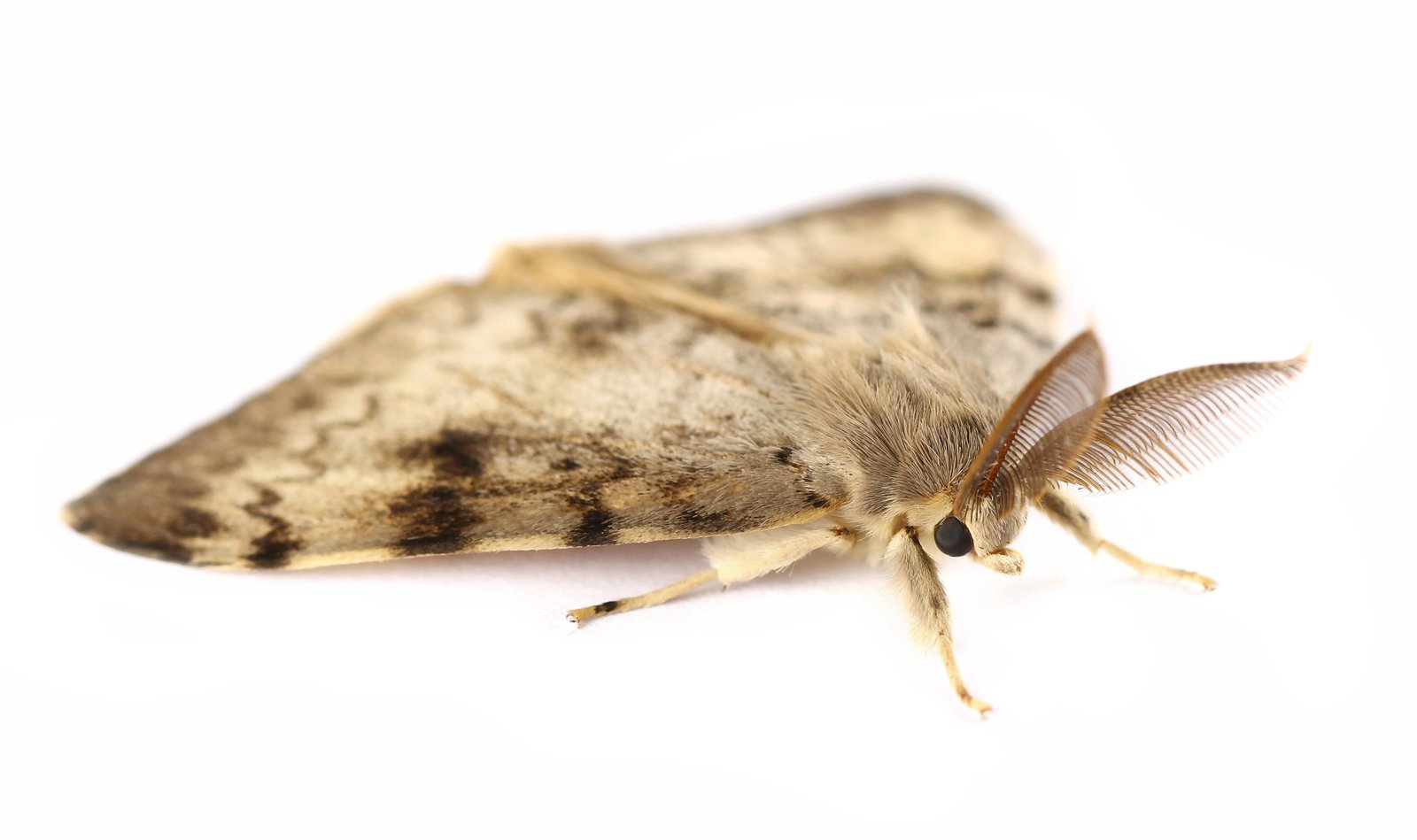Mothproof Carpets from Elements
13 July 2022

Carpet moth infestations are troublesome, especially when you have just spent a fair amount of your budget on a beautiful piece of carpet for your home. There have been horror stories regarding moths that are becoming a serious problem for homeowners and their carpets, eating away around the edges until there are significant threadbare patches that are distinctly visible to the human eye.
At Elements London we make sure that every wool carpet we make has been mothproofed during the manufacturing process by using a clever combination of heat and an anti-insect repellent that is non-toxic or harmful to humans and pets. The heat part of the process kills the keratin that moths thrive on, and the repellent keeps the moths away but also acts a level of protection against nuisance bugs like beetles, mosquitos, ticks, fleas, and lice.
WHAT ARE CARPET MOTHS?
Carpet moths, (also known as clothes moths) are an extremely troublesome pest in the UK. Carpet moths thrive on keratin which is a protein that can be found on human skin, hair, and nails. Carpet moths can lay up to 300 eggs at a time and they are so small that you would hardly notice them. Once the eggs turn to active larvae, they become a little more obvious. The larvae will look like a tiny grub which slowly moves around feeding on carpet fibres. Once the grub has eaten enough it will form into a cocoon which will look like a small grain of rice. They then pupate which takes around 10-12 days and become adult moths. They are typically 5mm long with a wingspan of around 15mm. Although the moths have wings, they very rarely fly, they hop, which makes them even harder to spot.
WHERE DO YOU FIND CARPET MOTHS?
Carpet moths survive by consuming natural fibres that are found in carpets, clothes, and home furnishings. Carpet edges near the skirting boards or underneath heavy furniture seem to be common areas for an infestation. The larvae will consume plenty of hair and skin fibres as these areas are harder to reach for maintenance. These areas will also fulfil their needs for darkness and warmth.
You will know if you have carpet moths when you notice holes, reduced pile, and threadbare patches on your carpets. You should also check the underside of rugs as these are not generally maintained as well unlike the top surface. This is where carpet moths and larvae can eat and grow undisturbed.
WHAT ABOUT MANMADE FIBRES LIKE OUR TEKSILK?
Moths tend to prefer natural carpets as the fibres are easy to digest. Manmade carpets do not sit well with a moth’s dietary needs as the fibres will take longer to pass through their digestive system. However, you may still find certain areas of your home will still be prone to infestation, so make sure you keep areas clean around the home that might be a perfect resting place for moths to lay their eggs.
EXTRA MOTHPROOFING TIPS
Although there is already a high level of protection against a moth attack on our carpets, we cannot fully guarantee against an infestation. Here are some useful tips you may want to use to add extra protection.
• Always make sure that inside wardrobes are hoovered at least once a week to prevent them hibernating inside.
• Empty or replace your hoover bag and clean out the filters and cylinders of your vacuum regularly.
• Check the underside of rugs for signs of carpet moths, beetles, eggs, and larvae
• Give your throws and rugs and stored clothes a good shake outside if you see signs of an infestation.
• Keep your home well-lit and ventilated as much as possible.
• Regularly dust your home, especially with a wet cloth around skirting board areas as it stops dust from settling.
• Consider using a natural repellent in wardrobes such as lavender, lemon or cedarwood scents to keep your clothes safe.









